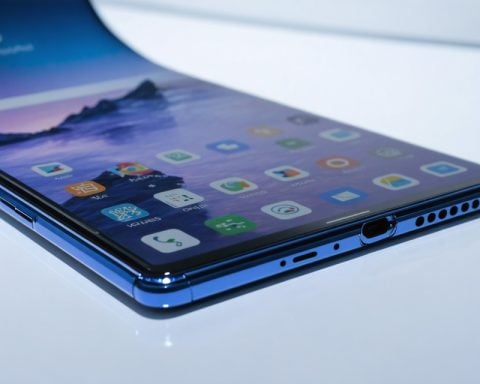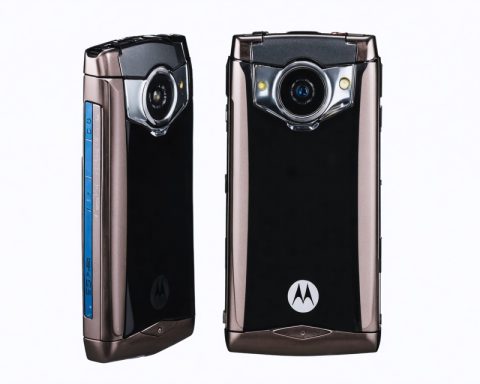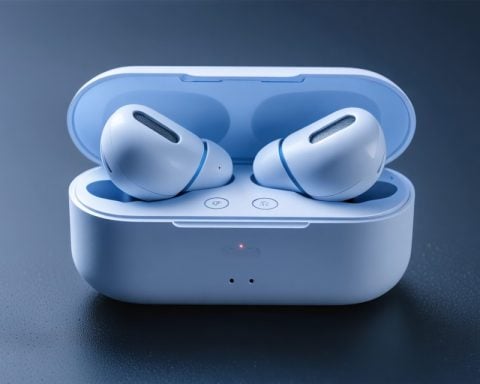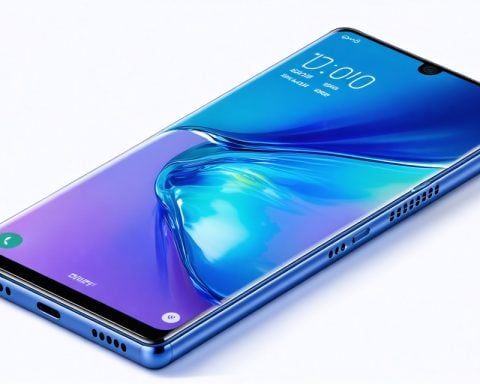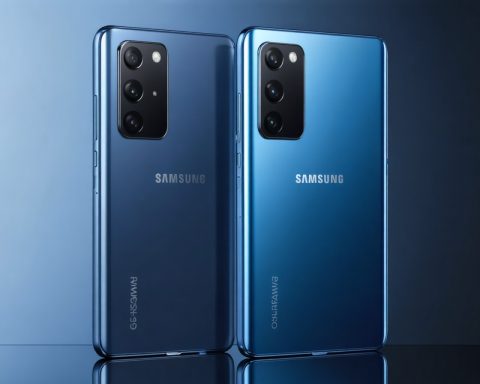- Smartphone-connected alcohol detectors have become essential safety tools in Japan, driven by technological advancements.
- Tokai Denshi Corporation, based in Shizuoka, pioneered these devices, initially gaining popularity among bus and taxi operators since 2006.
- The 2009 government mandate for alcohol detection devices sparked widespread adoption.
- The surge in smartphone users around 2015 boosted demand for these innovative detectors.
- By 2023, the launch of the ALCMobile III promised to significantly increase sales, anticipating 4,000 units sold by 2024.
- As of January 2025, approximately 18,000 smartphones are used for alcohol detection, with Android devices leading but iPhones also gaining traction.
- The success of these devices reflects a larger industry trend towards digital safety solutions amid increased remote work and flexible regulations.
A quiet revolution is sweeping through the transport industry, powered by the relentless push of smartphone technology. In recent years, an unassuming gadget—the smartphone-connected alcohol detector—has emerged as an essential safety tool across Japan.
Nestled in the heart of Shizuoka, Tokai Denshi Corporation has been at the forefront of this evolution. Originally debuting their compact alcohol detectors in 2006, they found an eager audience among bus and taxi operators who needed reliable breathalyzers for remote use. The game changed in 2009 with the Ministry of Land, Infrastructure, Transport, and Tourism’s mandate requiring alcohol detection devices, sparking widespread adoption.
As the clock ticked past 2015, a boom in smartphone users—spurred by the transition from feature phones—ignited a demand for these innovative devices. By 2023, the market eagerly welcomed the third-generation model, ALCMobile III. Featuring cutting-edge digital capabilities, it promised to double sales figures by 2024, forecasting an astounding 4,000 units sold.
By January 2025, the numbers painted a vivid picture: Around 18,000 smartphones were harnessed for alcohol detection. Android devices dominated the landscape, but iPhone users were catching up rapidly, driven by increasing workplace regulation and a pressing need for remote and flexible safety solutions.
The undeniable success of these devices highlights a broader industry trend. Amid the surge in remote work and relaxed legal frameworks for digital safety checks, Tokai Denshi continues its mission to combat drunken driving, underscoring the vital role of technology in securing our roads. As workplaces everywhere embrace digital transformation, the smartphone-connected alcohol detector stands as a beacon of innovation, ensuring safety in the ever-evolving transport landscape.
Revolutionizing Road Safety: The Impact of Smartphone-Connected Alcohol Detectors
Expanding the Innovation: Smartphone-Connected Alcohol Detectors
The development and adoption of smartphone-connected alcohol detectors highlight significant transformations not only within the transport industry but also across broader societal frameworks. This innovation significantly impacts people, countries, and communities by enhancing road safety, supporting law enforcement, and streamlining workplace compliance.
How Does This Technology Affect the World?
1. Global Road Safety Improvement:
– According to the World Health Organization (WHO), road traffic crashes claim over 1.3 million lives annually. The integration of alcohol detection technology into smartphones can play a critical role in reducing alcohol-related accidents, which constitute a significant percentage of these incidents.
2. Technological Advancements:
– The trend of embedding safety functions into personal devices showcases how digital transformation penetrates everyday gadgets. This advancement encourages the spread of technology-driven safety protocols, enhancing awareness and responsiveness in real-time.
3. Economic and Employment Implications:
– As organizations integrate such technologies for compliance reasons, there can be a reduction in the cost associated with road accidents and insurance premiums, potentially leading to lower operational costs for transport companies. This technological shift also necessitates new skill sets, creating employment opportunities in tech, compliance, and legal sectors.
Community and Workplace Impacts
– Community Safety: Communities benefit from reduced incidents of drunk driving, leading to safer environments and potentially lowering healthcare costs related to accidents.
– Workplace Compliance and Culture: Many companies are enforcing stricter alcohol checks as part of workplace safety policies, which are facilitated by these devices. This results in a stronger culture of responsibility and accountability among employees.
Addressing Key Questions
1. Why are smartphone-connected alcohol detectors crucial for the future of transportation?
– With the rise of remote work and digital safety checks, these detectors represent a blend of convenience and rigorous safety standards. They ensure that road safety protocols are maintained even in decentralized working environments.
2. How do smartphone-connected alcohol detectors empower individual users?
– These devices empower users by making it easier to self-check their alcohol levels before driving, fostering a culture of personal responsibility and proactive safety.
3. What are the potential obstacles to widespread adoption?
– Challenges include ensuring data privacy, overcoming technological limitations of integrating detectors with all smartphone types, and addressing varying international legal standards.
Suggested Reading
To delve deeper into these technological and societal changes, explore the broader impacts of innovation and digital transformation on public safety and workplace environments through reliable sources such as:
– World Health Organization
– National Highway Traffic Safety Administration
This evolution in alcohol detection technology exemplifies how digitization can lead to impactful changes in safety standards, illustrating a promising move towards a safer, more responsible society.






